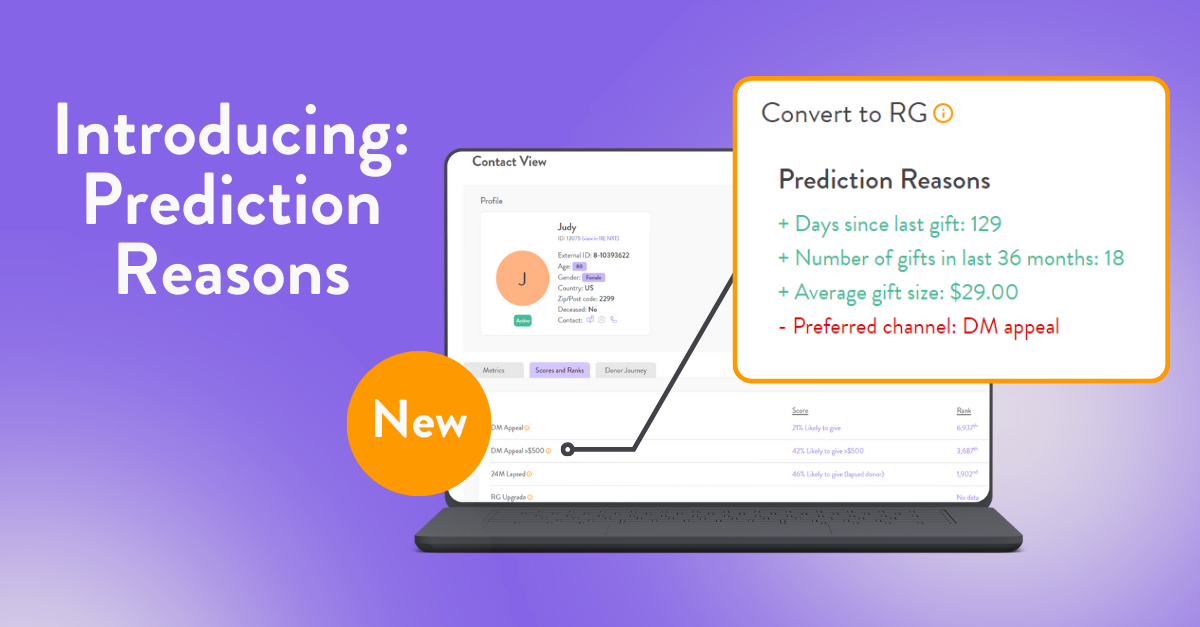
It’s time to get proactive about donor attrition
Chris Paver –
Everyone is familiar with the notion that it is cheaper to retain an existing donor than it is to acquire a new one. Just how much cheaper will vary between organisations, but the sheer expense is why donor retention is front-of-mind for today’s fundraisers in the increasingly competitive NFP landscape. Attrition rates are not only a measure of the health of an NFP’s engagement programs, but also influence the bottom line in a very real way. So keeping donors happy is a must for successful, sustainable organisations.
Supporter loyalty is driven by many factors and everyone’s circumstances are different, which means that knowing how to engage with each donor at any given point in time can be a challenge. What remains consistent across the board, however, is that existing NFP attrition strategies are largely based around reacting to negative donor actions such as a card decline or cancellation of a gift, rather than proactively trying to prevent them.
In most organisations, donors remain on a fairly standard donor journey for engagements, upgrades and conversions. These journeys will map out next steps based on previous interactions and will continue until after there has been a credit card decline or some other trigger event (such as a request to cancel a gift). The problem with this approach is that, at the time the trigger event occurs, you’ve already lost the support of that donor! Whether their reason for leaving was financial, because they felt like they were being taken for granted, loss of interest in the cause, being asked for money too often or some combination of these and other factors, after a person has already decided to leave (or has actually left), they become a much trickier prospect for re-engagement.
This is where ‘propensity modelling’ can really help. Propensity modelling or predictive modelling has been getting some attention in the industry recently for its ability to step in before a donor becomes disengaged. At Dataro, we believe this proactive approach to attrition will become the new best practice for donor engagement journeys, which at present miss the critical ‘pre-churn’ stage. The advantage of an attrition model using a machine learning approach is that it takes into account literally hundreds of factors, ranging from transaction history and communications history to age, gender, marital status and more to analyse and predict the likelihood of churn for every member of an NFPs database. By training a model based on an organisation’s historical data, effective systems can predict likelihood of attrition with extraordinary accuracy – often well over 90%.
This information facilitates a range of creative, pro-active targeted interventions to encourage the individual before the individual has actually decided to leave. This might include offering them a small gift, thanking them for their ongoing support, or reminding them of the importance of the cause and re-inspiring them to care. In that way, the NFP can take control of attrition before it occurs, dramatically reducing attrition rates and increasing average lifetime values.




